Knots and DNA
DNA 4-plat electron micrograph Stevedore's Knot
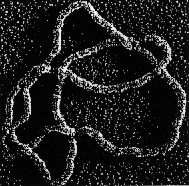
N. Cozzarelli
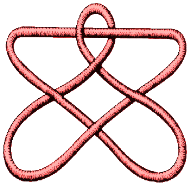
DNA 4-plat electron micrograph Stevedore's Knot

N. Cozzarelli

Mathematical ideas, studied for their own sake and interest, have a way of finding applications. This has been called `the unreasonable effectiveness of mathematics'! The classification of knots can be related to our understanding of how large molecules are tangled up with each other. This is of increasing importance in the study of polymers. Polymers have long molecules, which can knot and tangle, and this structure is crucial to the manufacture of the many kinds of plastic which we use every day.
More recently, Knot invariants first discovered in 1984 have excited biologists studying the basic replicating elements of living cells, the DNA molecules. Using ideas from knot theory, Wasserman, Dungan and Cozarrelli predicted that the result of the action of certain enzymes on DNA molecules would include certain molecules knotted in the form of a Stevedore's Knot. Electron microscopy proved that they were right.
electron micrograph sketch Trefoil Knott
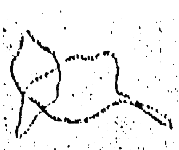
N.Cozzarelli
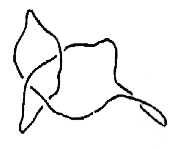
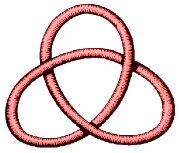
Other enzymes produce other knots and links. Above is a trefoil and below is one of the family of knots and links that contains the trefoil, and so on. Which one is it?
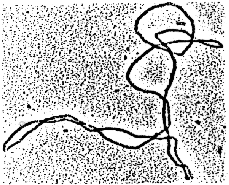
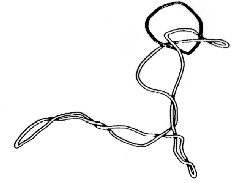
Some of the physical properties of the DNA depend upon the crossing numbers of the knots involved and these are used to separate the various knotted molecules.
For further remarks, see the section on Knots, Viruses and DNA under Raising Public Awareness of Mathematics.
© Mathematics and Knots, U.C.N.W.,Bangor, 1996 - 2002
This material may be used freely for educational, artistic and
scientific purposes, but may not be used for commercial purposes,
for profit or in texts without the permission of the publishers.